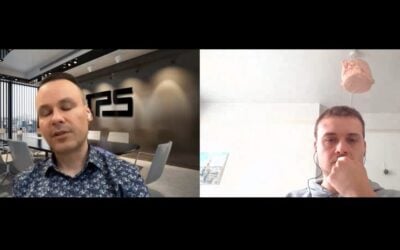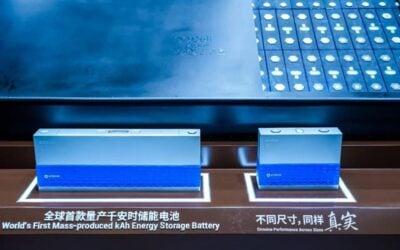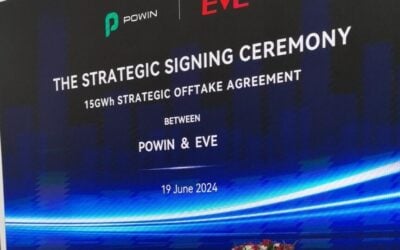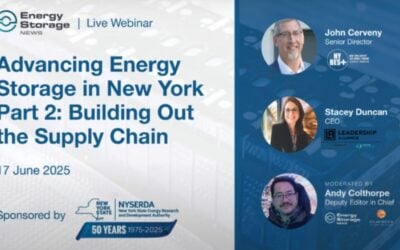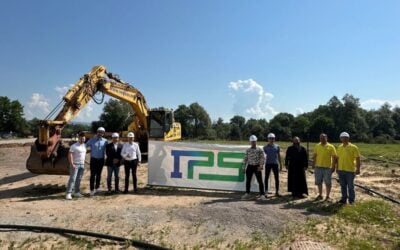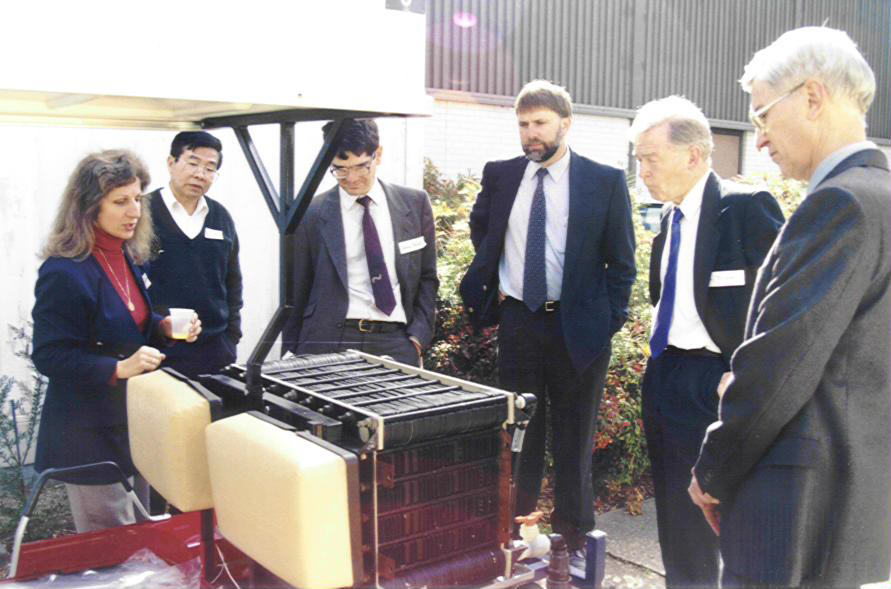
A demonstration facility to prove out Australia’s capabilities in critical minerals processing will be built in North Queensland, with an emphasis on vanadium for flow batteries.
The government of Queensland said today that funding from the state’s 2022-2023 budget will go towards the construction of the AU$75 million (US$53.38 million) plant in the coastal city of Townsville.
Enjoy 12 months of exclusive analysis
- Regular insight and analysis of the industry’s biggest developments
- In-depth interviews with the industry’s leading figures
- Annual digital subscription to the PV Tech Power journal
- Discounts on Solar Media’s portfolio of events, in-person and virtual
State Premier Annastacia Palaszczuk made the announcement on a visit to a “green industrial hub” including renewable energy, batteries and hydrogen production being developed in the region by Sun Metals, which has a zinc refinery nearby.
The critical minerals facility, the first of its kind in Australia, will be located at an industrial park between the zinc refinery and a copper refinery owned by mining giant Glencore.
It has been known for a while that the critical minerals facility would be committed to, and that vanadium would be a focus. The government said today that it has decided to up the originally planned investment amount considerably and expand it to allow for “a range of critical minerals like cobalt and rare earth elements to be processed,” Palaszczuk said.
The list of those minerals is quite extensive, including vanadium for flow batteries, cobalt and nickel for lithium-ion batteries, high purity alumina for making semiconductors, batteries and LEDs, rare earth elements and quartz and silicon for solar PV modules, and again, semiconductors.
Queensland is thought to hold about 30% of the world’s vanadium reserves. While the metal is used in a number of industries including steel production and aerospace, it is the main ingredient of the electrolyte in vanadium redox flow batteries (VRFBs).
Similarly, while the VRFB market represents a tiny fraction of the global energy storage market today, the technology, which was invented in Australia in the 1980s following early work started and then abandoned by NASA, is considered a promising option for providing several hours of energy storage at a relatively low-cost of ownership due to its long lifetime.
Among the main challenges to its widespread commercialisation today are its high upfront cost versus lithium-ion and its less proven track record and scale, but perhaps primary from a production perspective are the lack of mass-scale electrolyte processing facilities and access to vanadium for making the vanadium pentoxide solution used in the liquid electrolyte.
Elsewhere in Australia a company called, appropriately enough, Australian Vanadium, is looking to build a AU$367 million vanadium processing plant in Western Australia, powered by green hydrogen, with the company receiving AU$49 million in federal government support towards it.
Further downstream, in November last year, Australian developer North Harbour Clean Energy and European VRFB company Enerox/CellCube signed a strategic cooperation agreement to conduct feasibility studies for building a VRFB gigafactory with 1GW/8GWh annual production capacity on the country’s eastern coastal region.
The critical minerals facility is expected to commence operations by 2025. The announcement comes a few days after Queensland’s government said it is seeking input on a Battery Industry Strategy for the state.
A discussion paper produced by consultancy Accenture on the state’s opportunities in the battery value chain identified a number of competitive advantages, finding that vanadium redox flow batteries might be the technology it is best placed to support with end-to-end manufacturing capabilities, although there would likely also be other opportunities including lithium battery assembly and R&D.
“Global demand for vanadium in batteries and high-quality steel is expected to outpace supply before the end of the decade. Queensland has world class, highly economic deposits of vanadium located in accessible marine shale,” Scott Stewart, Queensland minister for resources said.
“Because they hold their charge in a liquid form, vanadium redox batteries can be built to a much bigger scale, powering larger communities for longer. Vanadium has the potential to be the Eureka moment for North Queensland,” Stewart said, adding that some companies have already expressed interest in the new demonstration facility.
Energy-Storage.news’ publisher Solar Media will host the 1st Energy Storage Summit Asia, 11-12 July 2023 in Singapore. The event will help give clarity on this nascent, yet quickly growing market, bringing together a community of credible independent generators, policymakers, banks, funds, off-takers and technology providers. For more information, go to the website.

